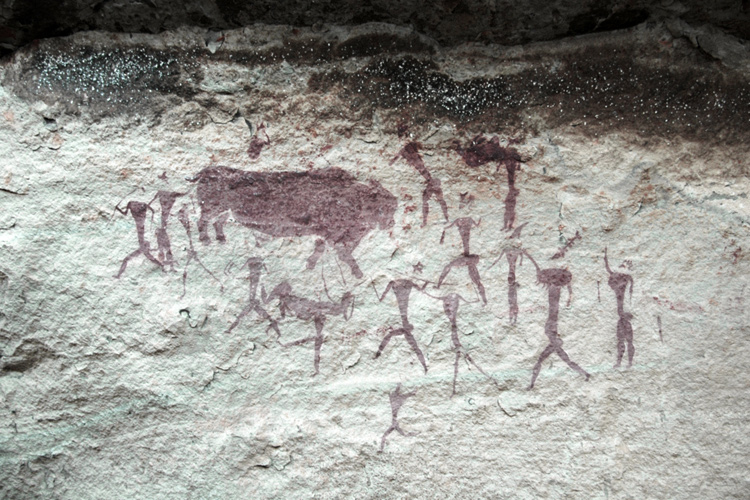The 5 Reasons We Tell Stories and Why People Care.
I joined FleishmanHillard South Africa in November 2014. The company merged with ApexMedia, a creative agency I launched in 2010. My team and I had been discussing the move for a few months before taking the plunge. We realised we had the opportunity to tell richer stories for a global client base to a larger stakeholder group.
The mission of FleishmanHillard is simple. To be the most complete communications firm, by telling great stories on any platform, using any medium, at any time.
I believe that over the last five years there has been a move to tell more engaging and authentic stories for all content, marketing and communication professionals. Audiences are far more educated, flooded with data and are always connected. Infobesity… as Jared referred to in this post. As a result they only consume what they want to, when they want to. Here, stories take precedence over brand and marketing pushes. People want to connect with people over experiences around a product. How it helped them achieve a goal, or create a moment, as opposed to having a manufacturer peddle a product feature or technical spec.
Below are some resources that unpack the reasoning behind why we tell stories, why we love them and tips to get the most out of a narrative. There is also an article focusing on the mediums used to tell stories and when and where to use them.
Why do we tell stories?
Anthropologists agree, storytelling is part of our being. It is common to every culture, a symbiotic exchange we learn in infancy. So powerful is our impulse to detect story patterns that we sometimes search for the hint of their existence in everything we do. Even when they’re not there.
Can stories change the world?
In short, yes. Steve Jobs, Nelson Mandela and Adolf Hitler used narrative to unite people behind their cause… or a curse. Here are nine stories that changed the world.
How to measure the effectiveness of storytelling
Clients are quick to want to quantify the qualitative nature of stories. This can make it both a challenge and an opportunity. Have a look at this great way to measure a story’s effectiveness.
Speak to the heart to move the mind
How do directors, writers and photographers become great? They draw you in and hold your attention. Meet StillMotion, a company creating moments and movements – not just videos.
What to use and when
Tools and technicality can sometimes get in the way of a good story. The trick is to know which medium to use when to touch the innate wants and needs of your audience:
Trends come and go. Newspapers, websites, photography, social media, even blogs. They are not the reason we communicate, only the platform. The one thing that hasn’t changed since cave paintings? The story. It is how we mobilise, inspire and connect.
Written by: Jaun Pienaar
Find Out More
-
The metaverse – Is it important for your business?
June 2, 2022
-
First Year At A Job And It Had To Be 2020!
June 11, 2021
-
PR trends accelerated by the COVID-19 pandemic
February 19, 2021





